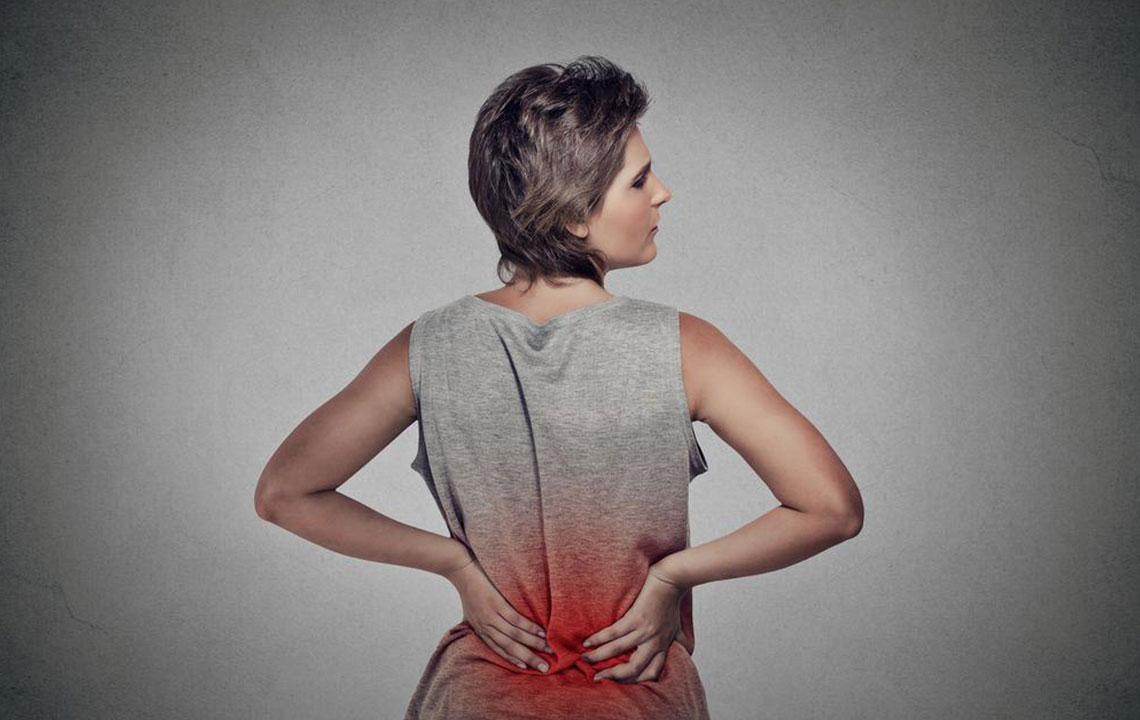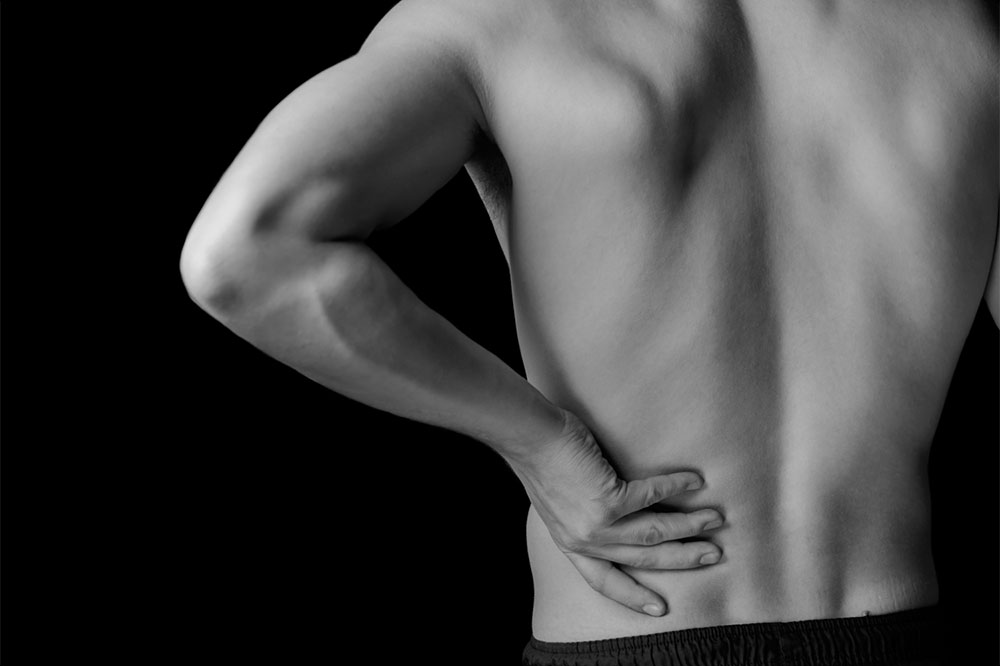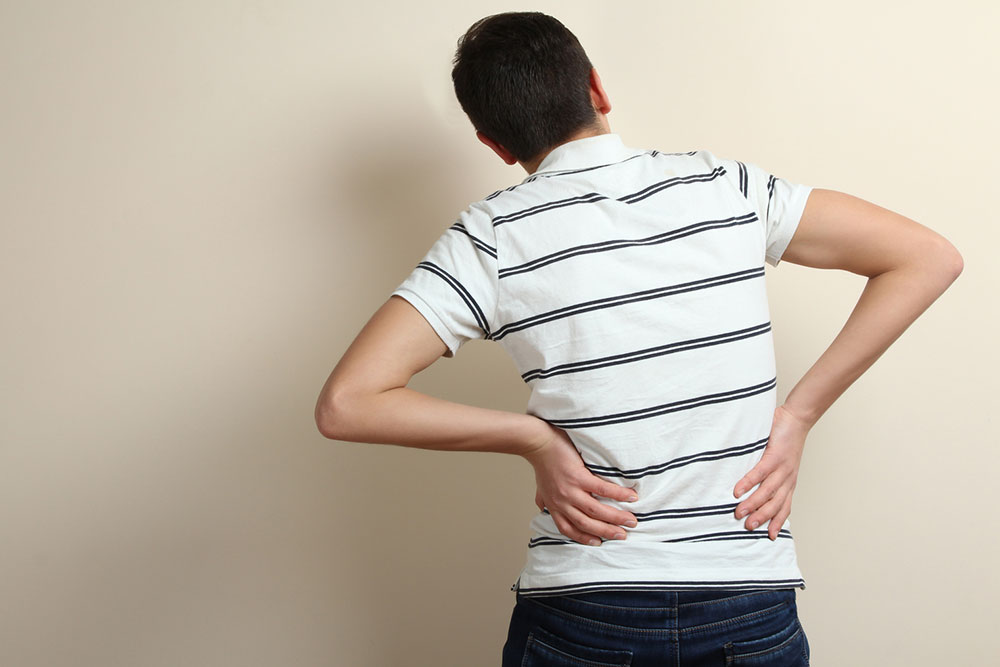Comprehensive Strategies to Relieve Lower Back Pain and Promote Spinal Health
This comprehensive guide explores effective methods to relieve lower back pain, emphasizing lifestyle changes, physical therapy, and medical options. It discusses common causes, beneficial treatments like heat and cold therapy, exercises, and preventative tips for long-term spinal health. Understanding and managing lower back discomfort can significantly improve daily functioning and prevent chronic issues. Ideal for individuals seeking holistic approaches to back health, this article offers detailed insights into alleviating pain and promoting a healthier spine.

Comprehensive Strategies to Relieve Lower Back Pain and Promote Spinal Health
Lower back pain, also known as lumbago, is a widespread health issue affecting millions of individuals worldwide. It involves discomfort originating from the nerves, muscles, bones, and joints in the lumbar region of the spine, which spans from the lower ribs to the pelvis. This area plays a crucial role in supporting the upper body, enabling movements like bending, twisting, and lifting. The lumbar spine comprises vertebrae L1 through L5, surrounded by muscles and ligaments that facilitate flexibility and stability. When these structures suffer injury, strain, or degeneration, it can lead to varying degrees of pain that can interfere with daily activities and diminish quality of life.
Understanding the root causes of lower back discomfort is essential for effective management. Common causes include muscle strains from improper lifting or sudden movements, herniated discs, degenerative disc disease, poor posture, sedentary lifestyles, or even underlying conditions such as osteoarthritis or osteoporosis. Recognizing these factors can help tailor appropriate treatment plans.
Effective strategies to alleviate lower back pain often combine lifestyle modifications, physical therapy, and medical interventions. Rest is often necessary initially, but prolonged inactivity can exacerbate stiffness and weaken muscles, so a balanced approach involving movement and gentle activity is recommended. Applying heat therapy enhances blood flow, relaxes tense muscles, and reduces stiffness, while cold therapy diminishes inflammation, numbs pain, and slows nerve conduction. Alternating between heat and cold enhances comfort and supports healing processes. Over-the-counter medications like nonsteroidal anti-inflammatory drugs (NSAIDs) provide relief, but persistent pain may require prescription medications such as muscle relaxants or corticosteroids.
For those with severe or chronic lower back discomfort, medical interventions such as steroid injections or targeted nerve blocks may be considered under medical supervision. Wearing supportive braces or lumbar belts can also provide stability during activities and prevent further strain. It’s crucial to address underlying issues through physical therapy programs focusing on strengthening the core muscles, improving flexibility, and correcting posture. These programs help to reduce pressure on the lumbar spine and promote long-term spinal health.
Incorporating regular exercises that promote spinal stability is vital. Gentle stretching routines, core strengthening exercises, and activities like swimming or walking can enhance muscle support around the spine. Engaging in yoga or Pilates under guidance can improve posture and flexibility, reducing the risk of future episodes. Additionally, maintaining a healthy weight reduces stress on the lower back, preventing deterioration or injury.
Preventative measures play an essential role in managing lower back pain. Proper ergonomic setups at work, correct lifting techniques, and avoiding prolonged periods of inactivity help minimize risks. Lifestyle choices such as quitting smoking, eating a diet rich in anti-inflammatory foods, and staying hydrated support tissue repair and overall spinal health.
Consulting healthcare providers, physiotherapists, or spine specialists is crucial if pain persists beyond a few days or worsens over time. An accurate diagnosis ensures targeted treatment and prevents chronicity. Addressing lower back discomfort promptly with a comprehensive approach can restore mobility, reduce pain, and improve life quality.





